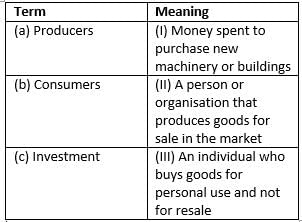Test: Law & Social Justice- 2 - Class 8 MCQ
20 Questions MCQ Test - Test: Law & Social Justice- 2
Mumbai's suburban railway is well-functioning public transport system. It is the densest route in the world, attending to ____ passengers daily
The Census of India, __ puts rural household electrification at 44 per cent, leaving around 78 million households still in the dark.
Minimum Wages Act specifies that wages should not be below a specified minimum, whose interest is protected by this law
According to the 2001 census, over __ million children in India aged between 5 and 14 work in various occupations including hazardous ones
Anyone found violating the ban must be penalised with a punishment ranging from a jail term of six months to two years and/or fine of
Even today more than a year after this law was passed ___ of child domestic workers are under the age of 16.
What is the approximate number of people who are too sick to work after being exposed to the poison gas in BGT?
South Asian countries "particularly__________" play hosts for industries producing pesticides, asbestos or processing zinc and lead
Read the lines below, who said these line
... right to water entitle everyone to sufficient, safe, acceptable, physically accessible and affordable water for personal and domestic use
The Supreme Court, from 1998 onwards, insisted that every vehicle using diesel should switch to __________.
In 1984, there were very few laws protecting the ___ in India
Identify the figure below, which pollution is caused by this















